On April 18, 2025, a remarkable sighting of humpback whales off the coast of New Jersey has captivated marine enthusiasts and drone professionals alike. Joanna Steidle, a drone art photographer and owner of Hamptons Drone Art, LLC, captured a stunning image of a 32-foot-long humpback whale in just 10–15 feet of water, an unusually shallow depth for these majestic creatures. Shared via a post on LinkedIn and featured by news outlets like NatGeo and the BBC, the image, titled Along the Shelf, highlights both the beauty of marine life and the innovative use of Drone Technology in Wildlife photography. This event raises critical questions about humpback whale behavior, environmental risks, and the role of drones in conservation and art.
Humpback Whales in Uncharted Waters: A Rare Phenomenon
Humpback whales, known scientifically as Megaptera novaeangliae, typically inhabit a range of marine environments, from deep ocean waters to coastal regions. According to Steidle, these whales “generally prefer deeper waters for feeding and migration,” often diving to depths exceeding 500 feet in the open ocean to hunt for krill and small fish like menhaden. However, the whale Steidle photographed was in shallow waters off New Jersey, a depth of just 10–50 feet, where “they can’t dive as deeply” and often “skim the surface or make shorter dives.”
This behavior aligns with known migration patterns along the Atlantic coast, where humpbacks travel between feeding grounds in the Gulf of Maine and breeding grounds in the Caribbean. The New Jersey coastline, part of the Mid-Atlantic Bight, serves as a migratory corridor, but sightings in such shallow waters are uncommon. The National Oceanic and Atmospheric Administration (NOAA) notes that humpbacks typically stay farther offshore during migration, with shallow-water appearances often linked to feeding opportunities or navigational errors.
Steidle’s observation underscores a potential risk: “Shallow water increases the risk of beaching, especially in areas with strong tides or complex shorelines.” NOAA data supports this concern, reporting that humpback strandings along the U.S. East Coast have risen in recent years, with 206 strandings recorded between 2016 and 2023, often attributed to vessel strikes, entanglement in fishing gear, or environmental stressors. Healthy humpbacks can usually navigate out of such situations, but Steidle’s comment that she has “often become quite fearful” witnessing these moments highlights the precarious balance these whales face in shallow waters.
Drone Technology Meets Fine Art: Capturing Along the Shelf
Steidle’s work goes beyond mere documentation, blending drone technology with fine art photography. Using a drone to capture the humpback whale, she adheres to NOAA guidelines, which recommend maintaining a distance of at least 100 yards (91 meters) from humpbacks to avoid disturbance.
“The photo is taken significantly far away due to maintaining a strict ethic and the recommended NOAA distances,” Steidle explained in her post.
This distance ensures minimal impact on the whale while allowing for a high-quality aerial perspective.
The resulting image, Along the Shelf, showcases a 32-foot (9.75-meter) humpback whale against the backdrop of New Jersey’s shallow coastal waters. Steidle describes her process with technical precision: “My fine art photography involves a meticulous editing process that elevates raw captures into visually striking, emotive works of art.” She emphasizes enhancing “the whale’s presence while including the natural beauty of the scene,” adjusting water depth and shadows to create a polished piece that evokes “emotions, solitude, power, or harmony with nature.”
From a technical standpoint, Steidle’s workflow highlights the capabilities of modern drones in wildlife photography. High-resolution cameras, often 20–48 megapixels on professional-grade drones like the DJI Mavic 3 or Inspire 2, allow for detailed captures from a safe distance. Post-processing, which Steidle describes as requiring “intense patience,” likely involves software like Adobe Lightroom or Photoshop to adjust lighting, contrast, and color balance, ensuring the whale’s form stands out against the ocean backdrop. Her work has earned recognition, with pieces deemed “worthy of exhibit walls” by critics, blending art and technology in a way that resonates with both drone professionals and marine conservationists.
Environmental and Regulatory Implications
The presence of humpback whales in shallow waters raises broader environmental concerns. NOAA classifies humpbacks as a protected species under the Marine Mammal Protection Act, and their proximity to shore increases the risk of human-wildlife conflict. Vessel strikes, a leading cause of humpback mortality, are more likely in coastal areas with heavy boat traffic. In New Jersey, the Port of Newark and recreational boating add to the risk, with NOAA reporting 34 vessel-strike incidents involving humpbacks along the Atlantic coast from 2016 to 2023.
Additionally, shallow-water sightings may signal shifts in prey distribution due to climate change. Rising ocean temperatures and shifting currents can alter the availability of krill and menhaden, pushing humpbacks closer to shore in search of food. A 2023 study by the Woods Hole Oceanographic Institution found that warming waters in the Northwest Atlantic have disrupted traditional feeding grounds, forcing humpbacks to adapt their migratory behavior. While Steidle’s sighting may simply reflect a healthy whale exploring a feeding opportunity, it also underscores the need for ongoing monitoring of marine ecosystems.
From a regulatory perspective, drone operators capturing wildlife must navigate strict guidelines. NOAA’s recommended 100-yard buffer aligns with Federal Aviation Administration (FAA) rules for drone operations near wildlife, ensuring minimal disturbance. Operators must also hold a Part 107 certification for commercial drone use, a requirement Steidle, as a professional, likely meets. Failure to comply can result in fines up to $27,500 per violation, a reminder of the responsibility drone pilots bear when working in sensitive environments.
DroneXL’s Take: A New Frontier for Conservation and Art
The intersection of drone technology and wildlife photography, as exemplified by Steidle’s work, opens new possibilities for both conservation and artistic expression. Drones provide a non-invasive way to study marine life, offering perspectives that were once impossible without costly helicopter rentals or risky boat expeditions. For professionals and recreational pilots, Steidle’s approach demonstrates the potential of drones to capture not just data, but emotion—transforming raw footage into art that raises awareness about species like the humpback whale.
However, this event also highlights the need for vigilance. While drones minimize disturbance compared to traditional methods, their increasing use in wildlife photography demands strict adherence to ethical guidelines. DroneXL urges pilots to prioritize animal welfare, maintaining safe distances and avoiding prolonged hovering that could stress marine life. Additionally, the environmental factors driving humpbacks into shallow waters warrant further investigation. Could drone-captured data, like Steidle’s, be leveraged for broader conservation efforts, such as mapping prey distribution or monitoring whale behavior in real time?
Steidle’s Along the Shelf is more than a photograph—it’s a call to action. It reminds us of the delicate balance between technological innovation and environmental stewardship, urging the drone community to use their tools responsibly while advocating for the protection of marine ecosystems. As humpback whales navigate an increasingly complex ocean, drones may play a pivotal role in ensuring their survival, one breathtaking image at a time.
Photo courtesy of Joanna Steidle.
Discover more from DroneXL.co
Subscribe to get the latest posts sent to your email.
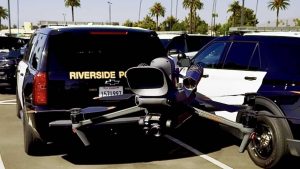
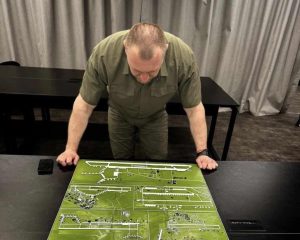
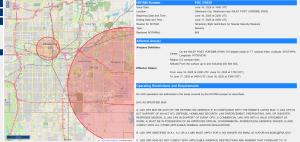
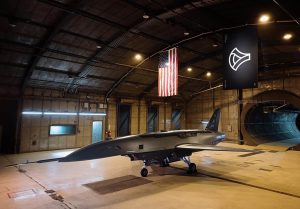
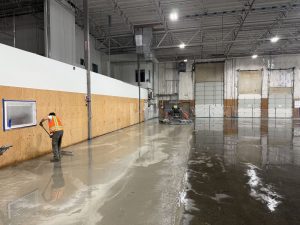
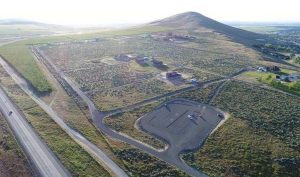
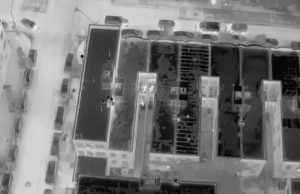
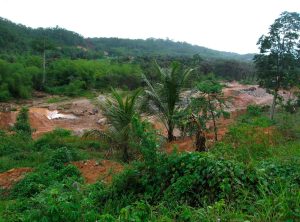

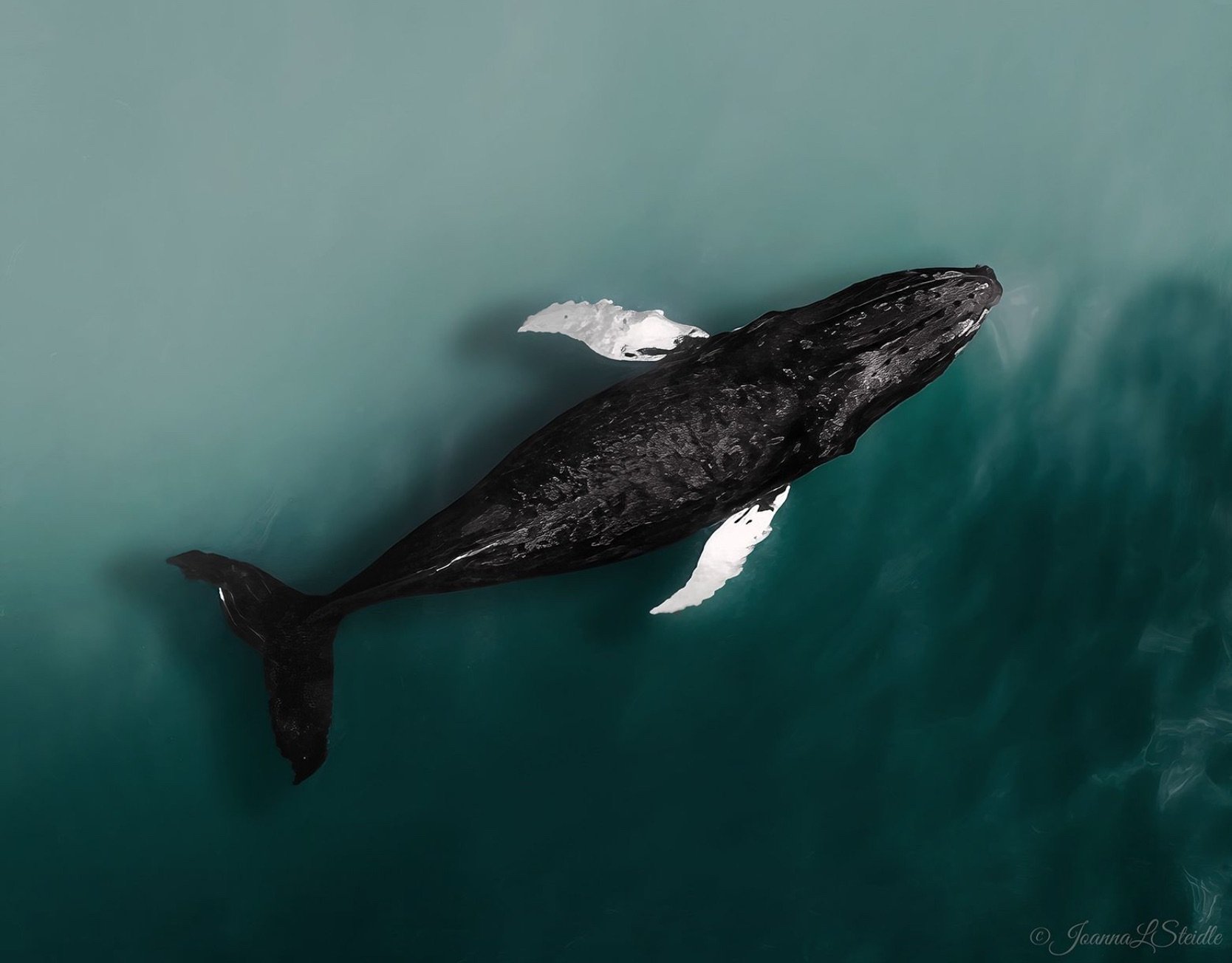
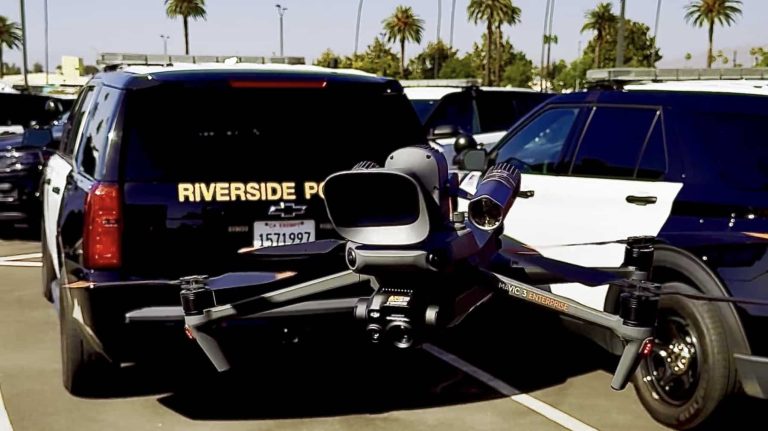
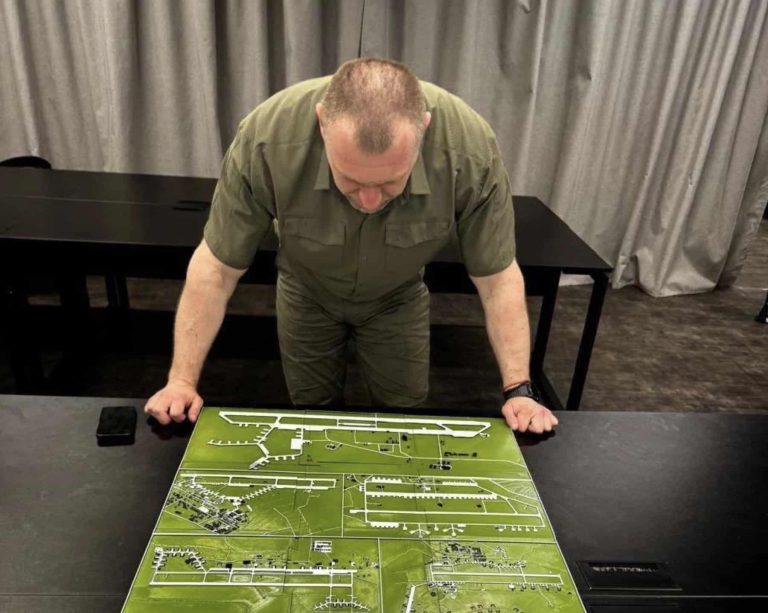
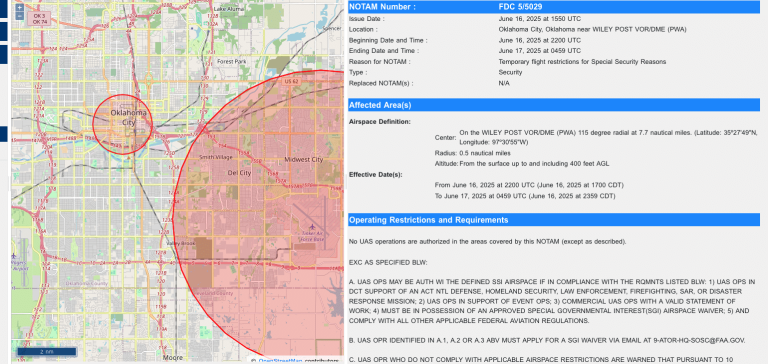

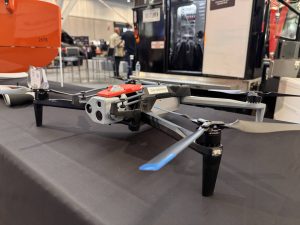
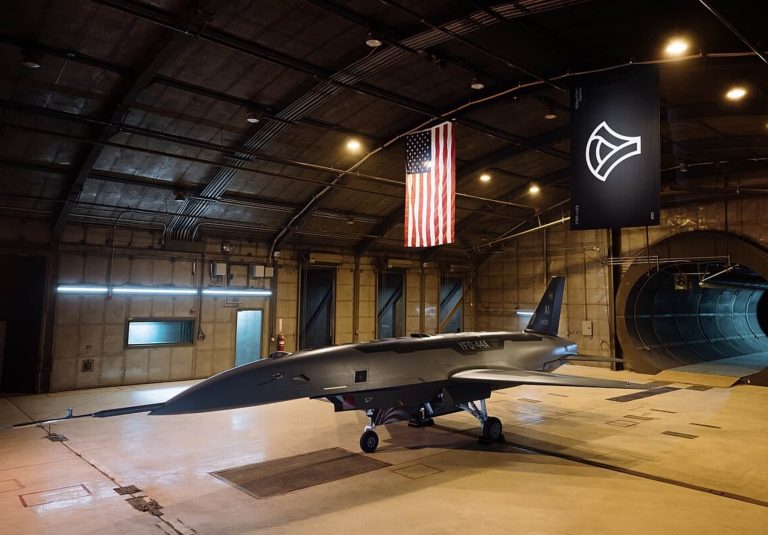

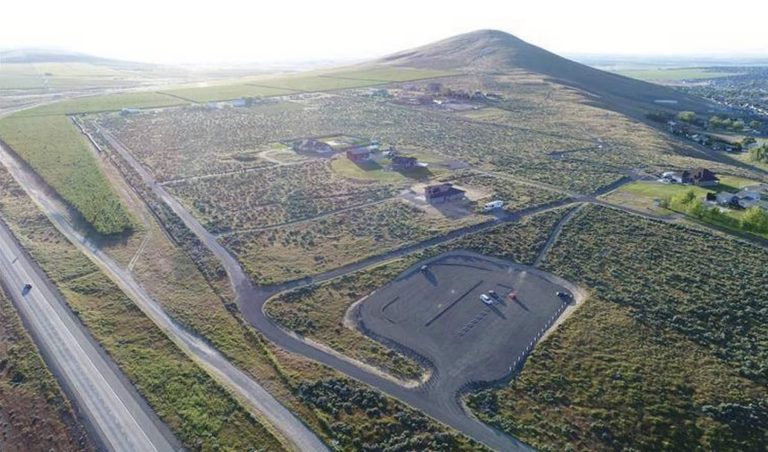

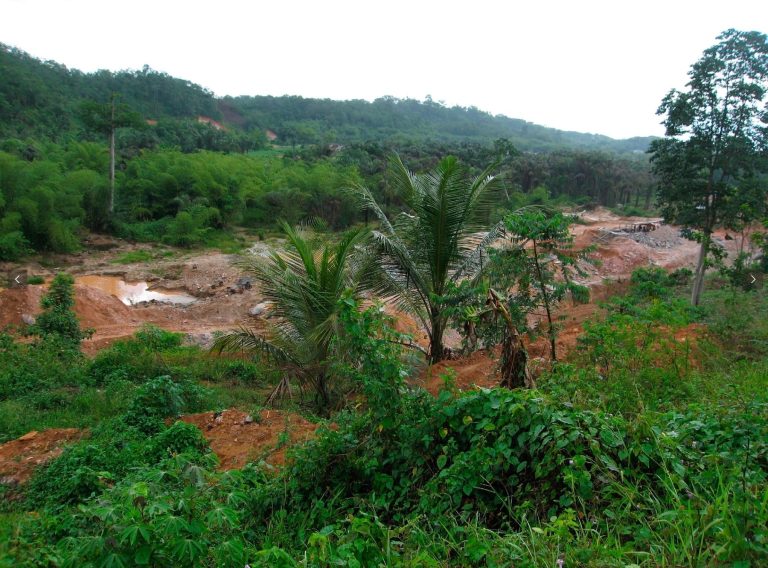
+ There are no comments
Add yours